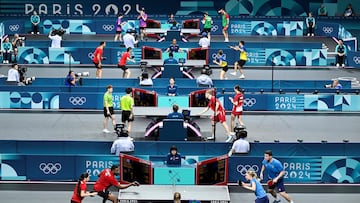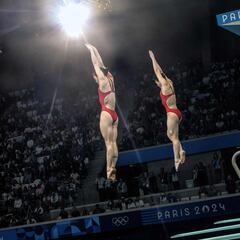2024 Olympics in Paris: What’s the difference between ping pong and table tennis?
Though the terms are often used interchangeably, they have distinct origins, rules, and cultural meanings.


Table Tennis originated in the 1880s in England as an indoor version of grass tennis. Governed by the International Table Tennis Federation (ITTF), it features strict regulations on equipment and gameplay. Matches are typically best-of-five or best-of-seven games, with each game played to 11 points. Professional table tennis equipment is specialized, with high-quality paddles designed for spin and speed.
Ping Pong, on the other hand, emerged in the early 1900s and was originally a trademarked name by the Parker Brothers. It represents a more informal, recreational approach to the game. Rules can be relaxed, scoring may vary, and equipment is often simpler. Ping pong paddles and balls might not meet the precise standards required for professional table tennis.
Table Tennis and Ping Pong: two styles of play
The playing styles also differ. Competitive table tennis is fast-paced and strategic, with players using specialized techniques. Ping pong is generally more relaxed, emphasizing fun and social interaction over competition. It’s commonly played in homes and recreational centers.
Related stories

Showering after every dive at the Olympics

Team USA missing Captain America
Culturally, table tennis is seen as a serious, professional sport with a global competitive scene, including its recognition as an Olympic sport. Ping pong, however, is associated with leisure and casual play.
Olajide Omotayo is OUT of the Table Tennis Singles in #Paris2024 pic.twitter.com/JxZcomK3rv
— POOJA!!! (@PoojaMedia) July 27, 2024
Understanding these distinctions enhances our appreciation of both forms. As we enjoy the 2024 Olympics, we can recognize table tennis for its competitive rigor, while cherishing ping pong for its casual charm.
Complete your personal details to comment